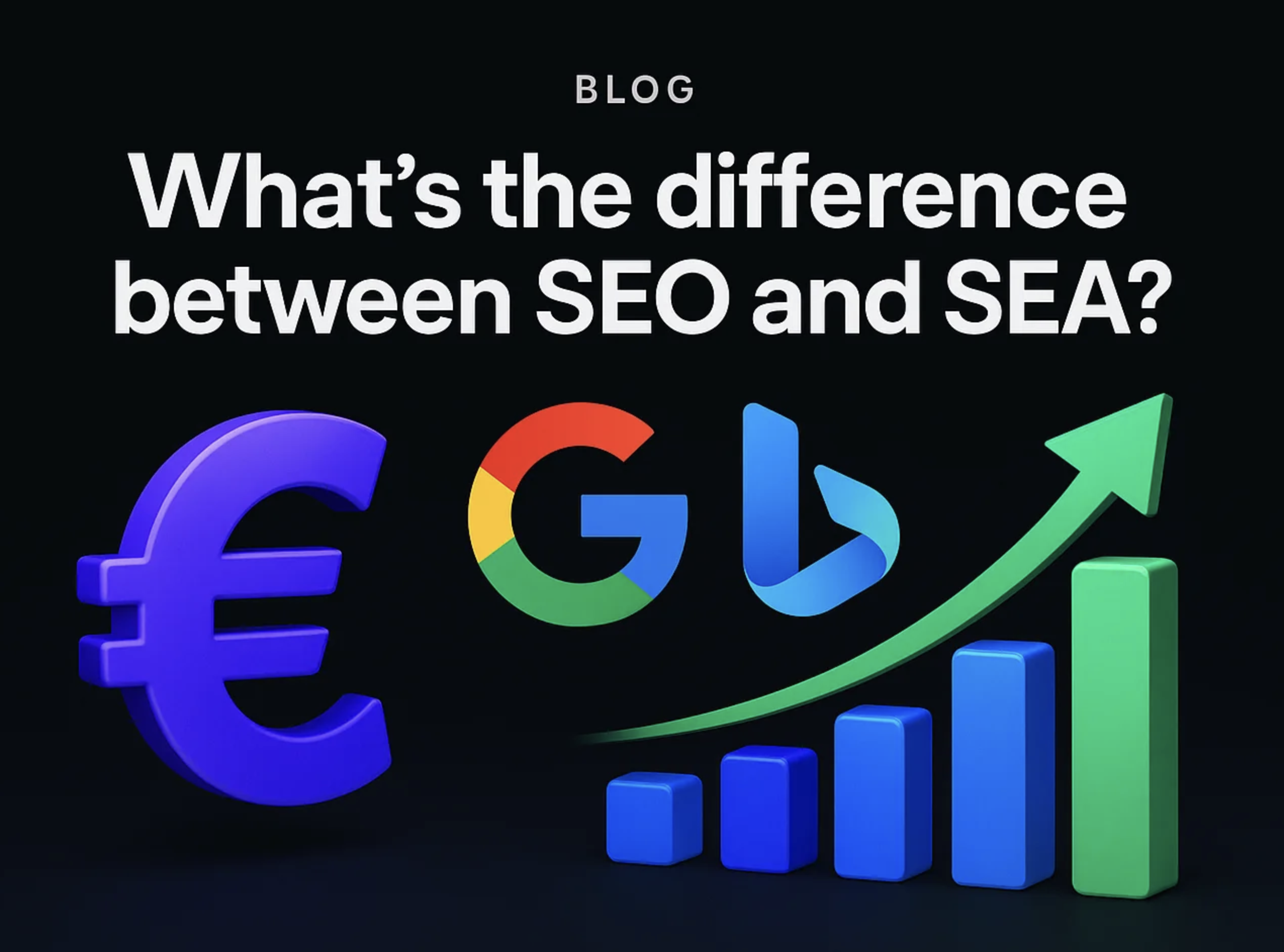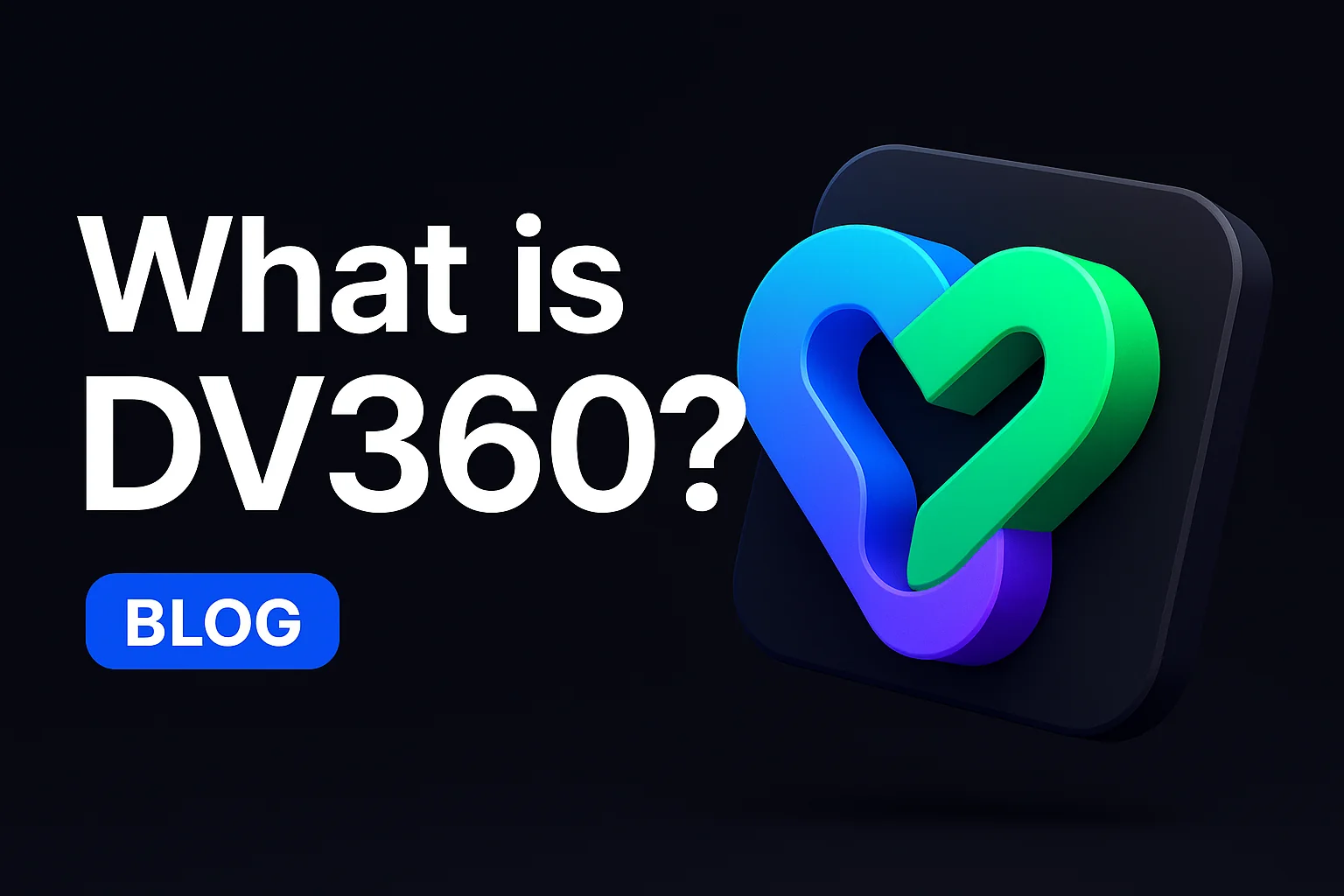In programmatic advertising, controlling where your ads appear is as important as who sees them. Many growth teams search "What is a whitelist in Programmatic" when deciding how much control they need over inventory, and this article answers that question without jargon. You will get practical steps, clear trade-offs, and examples for B2B and e-commerce campaigns, so you can decide whether a whitelist belongs in your media mix.
This guide frames the key choices—open network, whitelist, and blacklist—then shows how to build, operate, and measure whitelists in real campaigns. Expect actionable advice you can apply immediately, whether you run ads in-house or with a partner like 6th Man.
What is a whitelist in programmatic advertising?
A whitelist in programmatic advertising gives you control by limiting delivery to approved domains or URLs. Instead of letting the DSP bid across the entire exchange, you instruct it to bid only on inventory you trust, which reduces placement risk and improves transparency.
For teams that care about brand safety and ad quality, the question "What is a whitelist in Programmatic" often leads to a clear strategy: restrict where creative appears, then optimize within that controlled environment. That approach trades scale for certainty.
What is a whitelist in programmatic
Practically speaking, a whitelist is a list of included URLs used when buying programmatic inventory on open exchanges. You compile trusted domains, upload them to your DSP, and the platform filters bid requests so only approved placements are eligible.
Because whitelists operate at the domain or placement level, they differ from audience or contextual targeting. The result is precise placement control, at the cost of narrower reach and more operational upkeep.
Whitelist definition
In operational terms, a whitelist is implemented as a simple file or API feed that contains domain names, placement IDs, or app bundle identifiers. DSPs accept CSV or XLS uploads, and the list acts as an inclusion filter during the auction. This makes whitelists highly auditable and easy to report on.
Publishers on a whitelist are typically vetted for viewability, editorial quality, and fraud prevention. That vetting is the reason many regulated brands choose whitelists despite the higher CPMs associated with premium inventory.
Three ways to advertise: open network, whitelist or blacklist
When you launch a programmatic campaign, you must choose how tightly to control placements. The three core models are the open network, whitelist, and blacklist. Each model balances reach, risk, and cost differently, so selecting the right one depends on audience maturity and brand tolerance for placement risk.
Use cases and historical performance data should guide the choice. For quick volume and low cost, open networks work. For maximum safety and predictable creative context, whitelists are a fit. Blacklists sit in the middle and are useful when you want scale while excluding known problematic inventory.
Open network: no rules, maximum scale
An open network places no pre-filters on inventory and bids across the widest set of publishers. This yields maximum scale and typically the lowest CPMs, which suits aggressive performance campaigns prioritizing conversions over brand context.
However, open networks carry brand safety risks because there is no guarantee about adjacent content or inventory quality. For most B2B and premium e-commerce brands, that risk makes open network an uncommon default strategy.
Whitelist: you target only selected URLs
A whitelist is the inverse of the open network: you select the exact domains or placements where ads can run. That means every impression is predictable and verifiable, which reduces the chance of appearing beside inappropriate content.
Whitelisting is the preferred approach when context matters, such as targeting industry publications for B2B or premium lifestyle sites for luxury e-commerce. It is also what advertisers choose after answering "What is a whitelist in Programmatic" and deciding they need placement-level control.
Blacklist: exclude specific URLs (politics, gaming, adult)
A blacklist approach blocks specific domains, categories, or placement IDs while allowing ads to run everywhere else. Common exclusions are political extremes, gaming sites, and adult content, which preserves most scale while filtering out obvious risks.
Blacklists are simpler to maintain than whitelists and often provide a practical balance for teams that need scale but want to avoid the worst placement outcomes.
How a whitelist works in programmatic
Technically, a whitelist is a gating mechanism applied at the DSP level. When a bid request arrives, the platform checks the source against the approved list and only evaluates the opportunity if there is a match. This prevents bids on unapproved inventory in real time.
Operational success depends on two things: quality of the initial publisher selection and disciplined monitoring of delivery. Start with a conservative list, validate performance, then expand methodically based on data.
How inventory is selected and shared
Selection begins with criteria such as editorial standards, audience overlap, viewability, and fraud history. Teams often mine past campaign reports to find high-performing publishers, then supplement that list with third-party verification sources or publisher proposals.
Once a master whitelist is assembled, collaboration with DSP account teams or supply-side partners can surface additional premium inventory or direct publisher deals. Shared whitelists help accelerate market entry when you lack local publisher knowledge.
Formats and tools (XLS, CSV, DSP controls)
Most DSPs accept simple file formats like CSV or XLS where each row contains a domain or placement ID. Advanced platforms also support API feeds and UI-based list management for dynamic updates.
Segment whitelists by campaign goal, geography, or device to keep control granular. Always test uploads with a small budget to verify syntax and delivery before scaling spend.
How to build and manage a whitelist
Building a whitelist is a three-step process: define publisher criteria, create and upload the list, and then monitor, test, and refresh. Each step reduces operational risk and preserves campaign agility when done with discipline.
Start narrow and expand based on performance, not assumptions. That lets you gather clean data quickly, and prevents budget waste on poor-quality inventory that would skew your learning.
Step 1. Define publisher criteria
Clarify what brand-safe means for your organization, including acceptable content categories, viewability thresholds, and audience alignment. For B2B, include industry trade sites and professional networks; for e-commerce, prioritize lifestyle and review sites that match your customer persona.
Create a scorecard to standardize decisions and involve brand, legal, and performance teams early to avoid subjective disagreements about inclusion.
Step 2. Create and upload the list
Compile domains in a consistent format, add versioning and notes for auditability, and validate each URL before upload. Apply the whitelist at the campaign or line-item level depending on how tightly you want to control delivery.
Run a small test budget to confirm impressions only appear on approved placements and check placement reports frequently for anomalies.
Step 3. Monitor, test, and refresh
Schedule regular audits to remove underperforming publishers and to add new contenders via a separate test whitelist. Use performance metrics and viewability to decide which sites graduate to the main list.
Keep a changelog and rollback plan so list updates do not inadvertently pause delivery or reduce reach without explanation.
Benefits and trade-offs of whitelisting
Whitelisting improves brand safety, reduces fraud exposure, and increases placement transparency. For brands where reputation matters, these benefits often outweigh the drawbacks.
At the same time, whitelists limit scale, raise CPMs, and create a maintenance burden. The right choice depends on campaign objectives and team bandwidth.
Brand safety, fraud reduction, and ad quality
Because whitelisted publishers are vetted, viewability and engagement metrics tend to be stronger, which can lead to better conversion rates and lower acquisition costs despite higher media rates. This is especially true for regulated industries and premium e-commerce.
Vetting also reduces bot traffic and invalid impressions, improving the reliability of campaign data for optimization decisions.
Scale limits, cost, and maintenance overhead
Restricting inventory narrows the addressable audience and increases competition for premium placements, which can raise CPMs and slow learning cycles. Teams must balance these trade-offs with the value of clean, contextually relevant impressions.
Operational cost shows up as regular list updates, publisher research, and performance reviews. For lean teams, outsourcing this to an embedded partner can preserve speed without losing control.
When to use a whitelist for your brand
Decide to whitelist when brand safety, regulatory compliance, or product positioning make every placement consequential. Use a whitelist for launches, high-visibility campaigns, or when past programmatic runs produced problematic placements.
Alternatively, consider a hybrid approach: whitelist for brand campaigns and high-value retargeting, and use blacklists or controlled open-network tests for performance-focused activity.
Use cases for B2B and e-commerce
B2B marketers often whitelist industry publications and research sites to reach decision-makers in a professional context. That alignment typically yields higher lead quality even if total impressions are fewer.
High-ticket or luxury e-commerce brands whitelist premium editorial sites to protect positioning. Mass-market retailers may prefer scale-first strategies, using blacklists to avoid specific content categories while preserving volume.
Decision checklist for growth leaders
Ask: do you operate in a reputation-sensitive sector, have you seen poor placement performance, and can you accept higher CPMs for cleaner inventory? If yes on most, whitelisting likely adds value. If not, start with a blacklist and iterate toward whitelist controls as needed.
Also assess team capacity. If you lack ad ops bandwidth, consider partnering with an embedded team to manage the whitelist lifecycle efficiently.
Talk to 6th Man about whitelist strategies
If you still ask "What is a whitelist in Programmatic" and want hands-on help building a strategy, 6th Man acts as an embedded marketing team that assumes the operational burden. We research publishers, configure DSP controls, and monitor performance weekly so you keep focus on growth.
Our model is designed for founders and marketing leaders who want senior-level expertise without the overhead of a traditional agency. Whether you need a custom whitelist for a product launch or a hybrid plan that balances scale and safety, talk to 6th Man and we will help you implement a programmatic approach that matches your business goals and team capacity.




.jpeg)